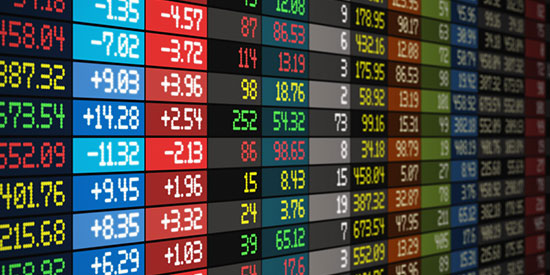There are investors and market watchers who say that one should sell on Rosh Hashana and buy after Yom Kippur. They believe that the Days of Awe coincide with historical periods of market weaknesses. Perhaps traders and investors (but not pension fund managers) sell their positions before dipping their apples in honey, and clear their minds of their market positions as they pray and make teshuva. They then buy stocks as sukkahs get constructed and lulavs are shaken (but not stirred).
Over the past 14 years, the S&P500 index has dropped an average of about 1.47% during the Days of Awe. This year, the index dropped -1.51%.
But had you bought Monday, the first market trading day after Yom Kippur, you would have lost -1.5% on Tuesday, as markets dropped worldwide in a post Yom Kippur slump. Stocks for Home Depot and Lowe’s were down only -0.8% on Tuesday… probably buoyed by the sales of sukkah supplies.
I am betting on a new adage, “Sell Rosh Hashana, Buy Sukkot.”






Okay… maybe it is buy SImchat Torah… since the posting of this blurb… the DJIA has dropped another percent or two or…